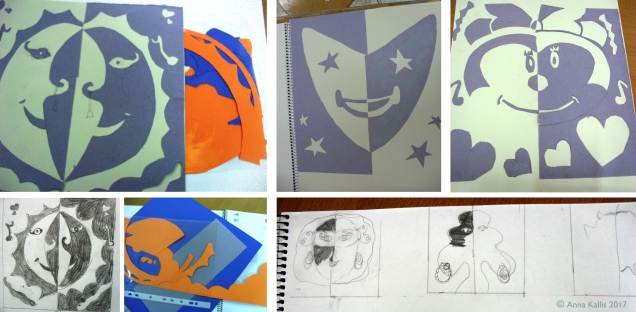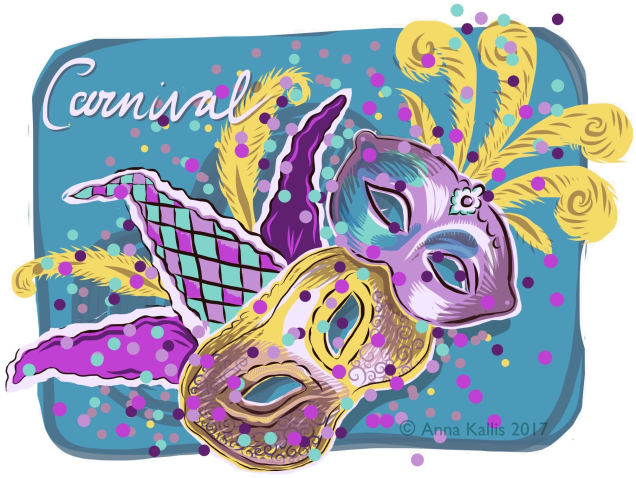 First Sunday of Carnival is Kids’ Day. Come join the parade, in Nicosia or Limassol!
First Sunday of Carnival is Kids’ Day. Come join the parade, in Nicosia or Limassol!
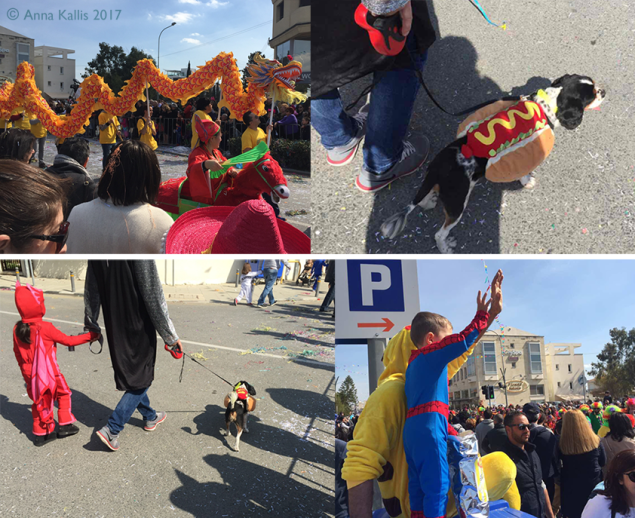
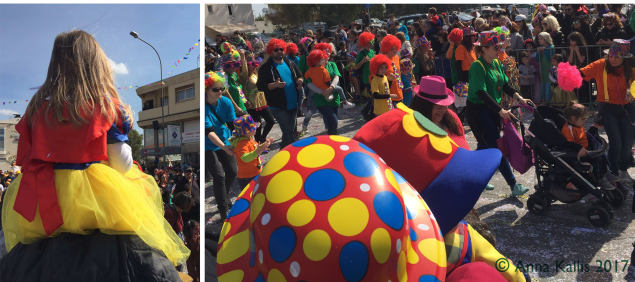
 First Sunday of Carnival is Kids’ Day. Come join the parade, in Nicosia or Limassol!
First Sunday of Carnival is Kids’ Day. Come join the parade, in Nicosia or Limassol!



If you live in a part of the world where Carnival is celebrated, you’ll know that this is the time of year we think about disguise. Young and old dress up and go out playing pranks on each other, much like Halloween, except in Feb-March! Carnival is like a last hurrah before Lent, the austere seven weeks that precede (and prepare for) Easter. The spirit of Carnival is decidedly pagan in its origin though, very dionysian in its exuberance.
Especially if you happen to live a city that is carnival-crazy, as I currently am, it’s a good time to experiment with the idea of identity with students. Get them to jot down some ideas about what disguise really means: do we reveal something more than our day-today persona when we adopt a disguise?

These notan-like masks were made by kids in the 13-14 age group. Half the mask was cut out of a dark (in this case black) piece of card. The pieces were carefully cut whole with a cutter, and saved in a plastic sleeve until time came to paste. Important: lines must be thickened to shapes so we can cut them out, and this is the greatest challenge (I’ve taught a version of Notan to different ages for 12 years.)
When all the pieces have been cut, it is time to glue them onto the background. This should be double in area. For instance, if the dark piece is A4 then the lighter, background piece of paper should be A3.
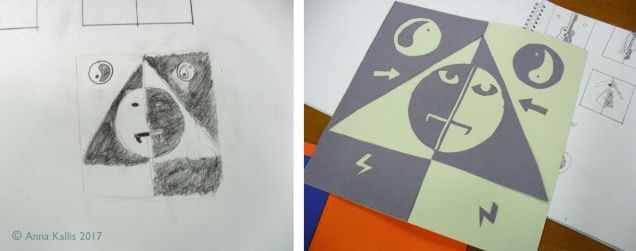
Sketches are a must, not just because it builds good habits, but because the concept of positive-negative can take some getting used to.
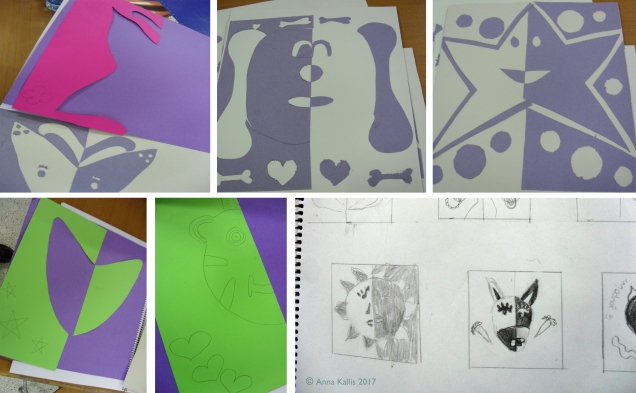
Key vocabulary: symmetry, reverse, balance. Bright, contrasting colours can be used as well, to great effect.
